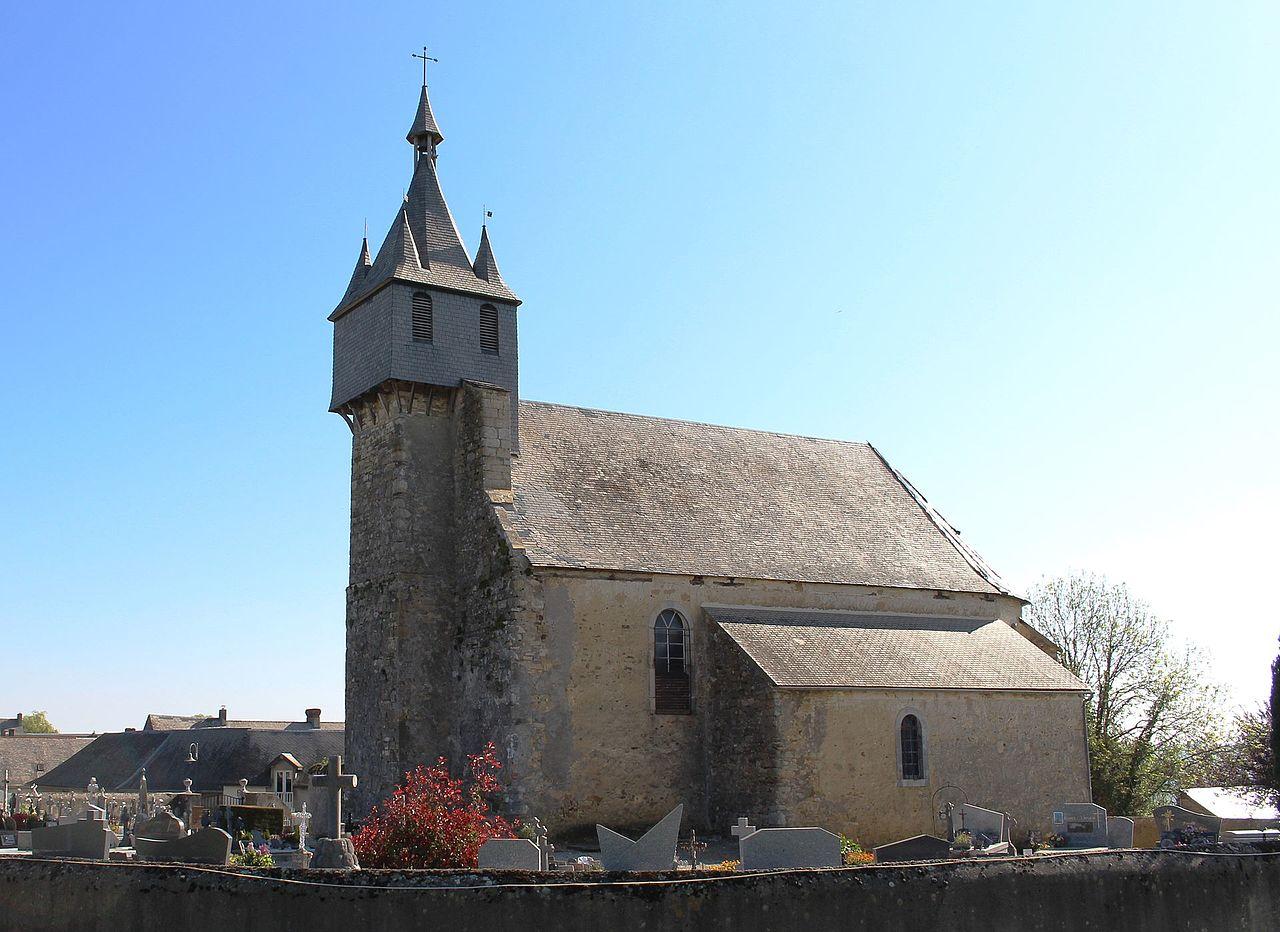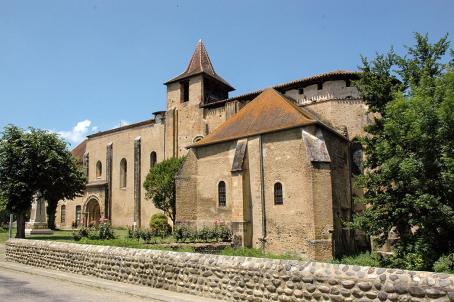Church of Saint-Martin
The church of Saint-Martin is located in Orignac in Occitanie (Midi-Pyrénées). It is built on a hillock that was the site of an old defensive enclosure from the 12th and 13th centuries. The church, in its present form, dates from the 15th or 16th centuries. The building has a beautiful roof with five pinnacles, that is topped with a bell tower. Inside the church you can see the remarkable woodwork of the Ferrère brothers and several classified objects, including a beautiful ciborium.
About this building
The church of Saint-Martin is located in Orignac in Occitanie (Midi-Pyrénées). The center of Orignac is dominated by its church, built on a hillock that was the site of a defensive enclosure from the twelfth to thirteenth centuries. Around the church you can see the old cemetery.
The church, in its present form, probably dates from the 15th or 16th century. It consists of a rectangular nave flanked by two side chapels and a chanted choir. It has a bell tower, which tops a superb five-pinnacled roof, is built against the west gable. Towards the end of the 18th century, the building was deeply reworked. In 1785 the frame was redone and the false wooden vault was redecorated with a high quality painting depicting the Virgin between God the Father and Christ, accompanied by Saint Michael and Saint John the Baptist surrounded by angels.
During the Revolution, the inhabitants of Orignac, upon learning of the closing of the convent of the Capuchins of Médous, near Bagnères-de-Bigorre, asked to become the administrators of the furniture of the chapel. Due to this, the altar, the tabernacle and the great baldachin of Médous were transported to the church. This set of woodwork by Marc and Dominique Ferrère remains one of the most beautiful ensembles in the region. There are also the many objects listed as Historic Monuments including, above the altar, a beautiful ciborium, consisting of a canopy with inverted consoles supported by four tall columns.




